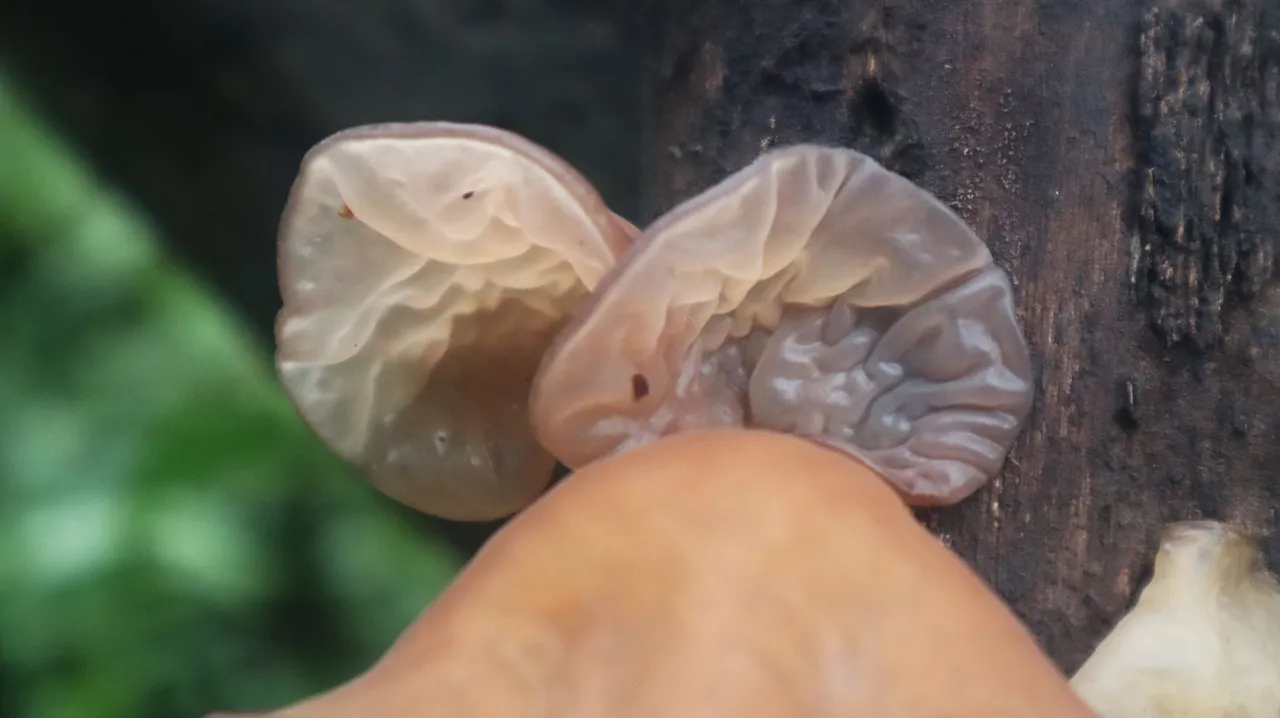
Of course, this well-known mushroom is easy to recognize and familiar. It can be found in temperate regions around the world. This what you see in these pictures is at my place in Aceh, Sumatra. Its ear-like fruiting body was the first thing that marked it, and it looked like jelly. So, it has names like Wood ear, Jelly ear is an easy thing to understand. The scientific name of this one is Auricularia auricula-judae in the family Auriculariaceae.
However, in my childhood, this mushroom was introduced to us as children by the slightly odd name, "ear of the genie". The name also served to frighten us so that we no longer roam outside the house at night. At that time there was a fantasy story (myth, of course) that the mushrooms were the ears of the genie that got stuck in the wood as they ran in a hurry! The story was certainly not difficult for us to accept at that time because the mushrooms do have wrinkles and are brown in color so that they display a slightly hideous shape. It is an unexpected thing if nowadays, these mushrooms are often found in soup dishes!

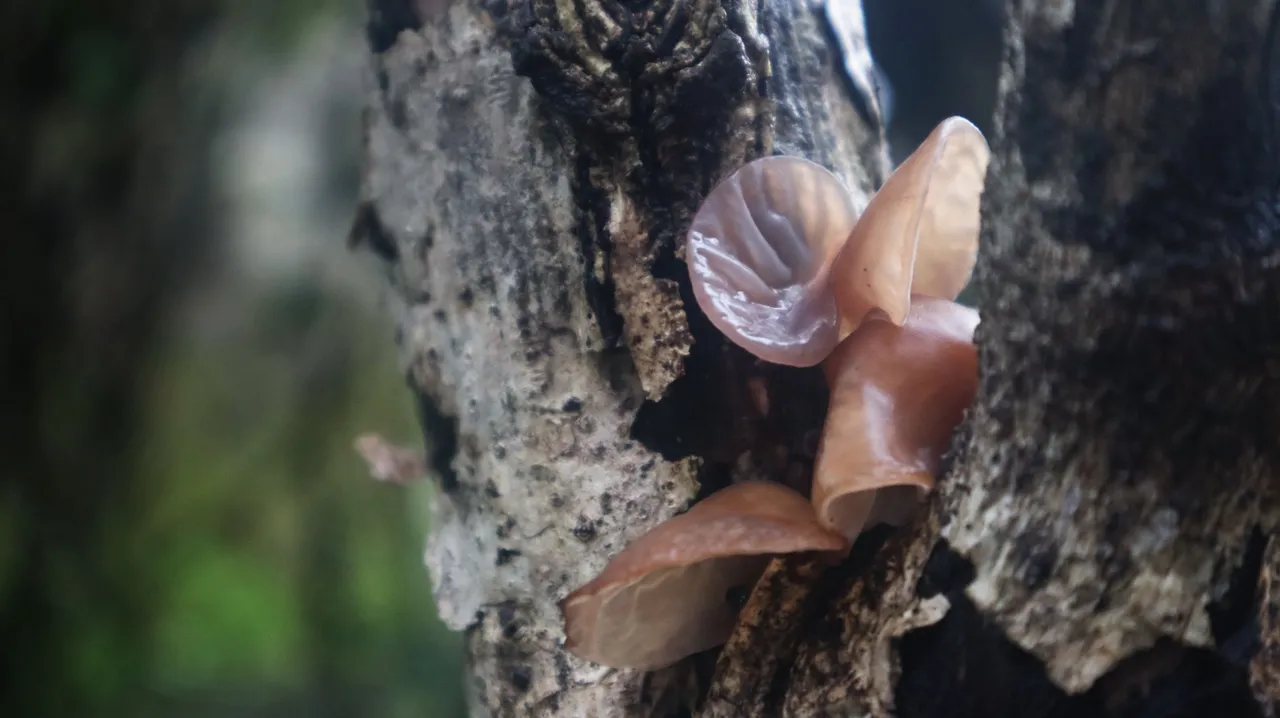
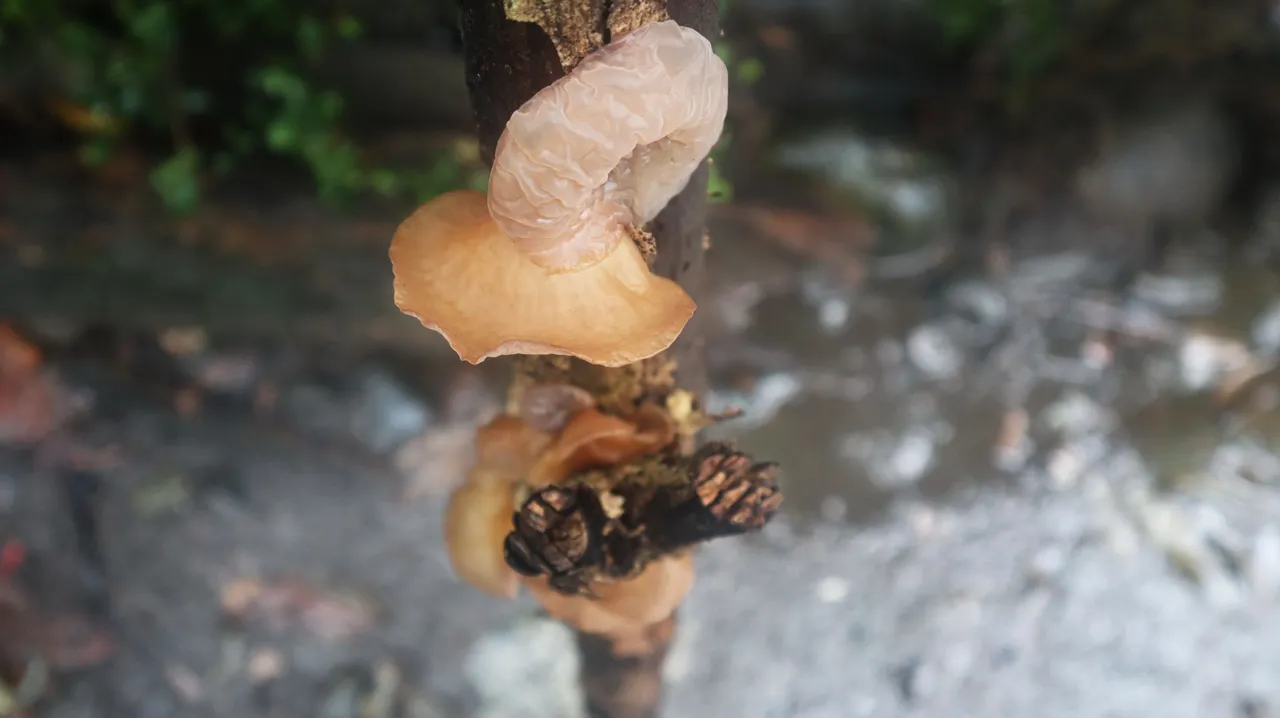
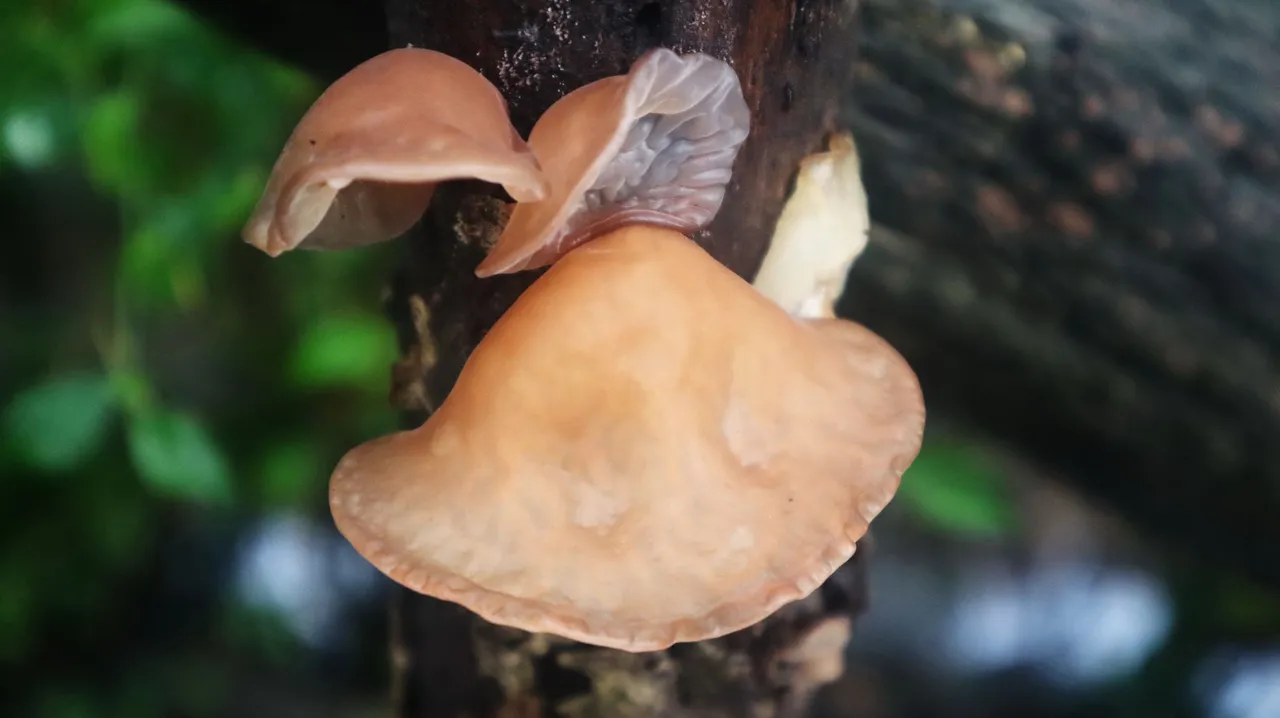
In my opinion, it has a rather unique taste because it has almost nothing to taste other than chewing something rubbery. But, it, it is said, has been used traditionally as a medicine in Asia and Europe, and has many health benefits.
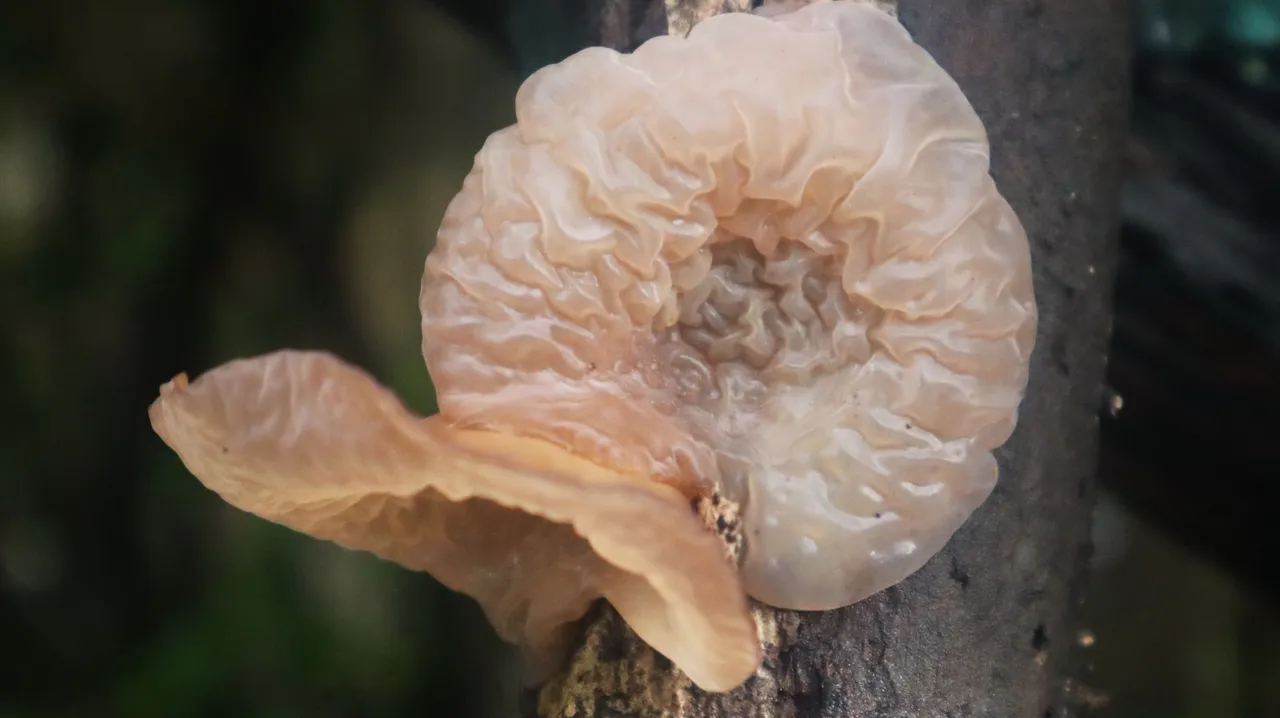
Wood ear grows year round, although the mushrooms you see in these pictures I found when it rained more often, and for a longer duration in the area where I live, and in conditions of higher humidity. It does not have a cap (cap), the texture is chewy or gelatinous, and it is brown in color. There are no gills, and the underside appears smoother than the upper surface. It also has no stem.
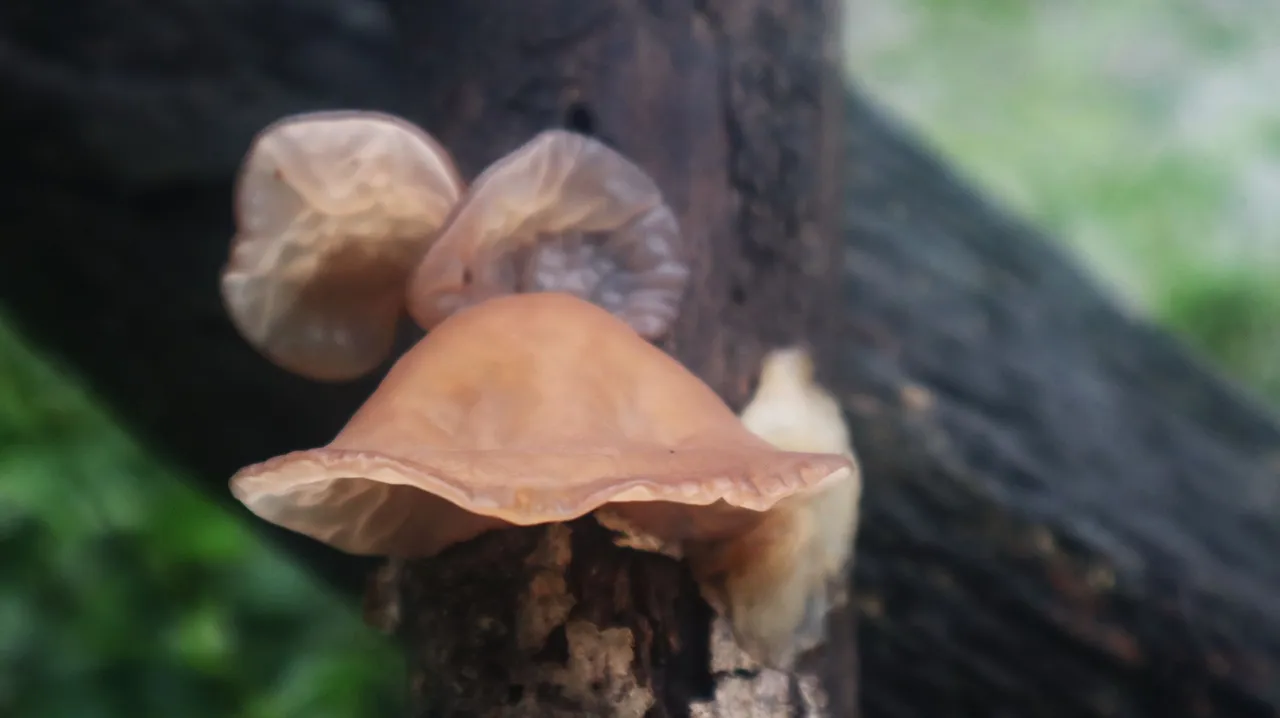
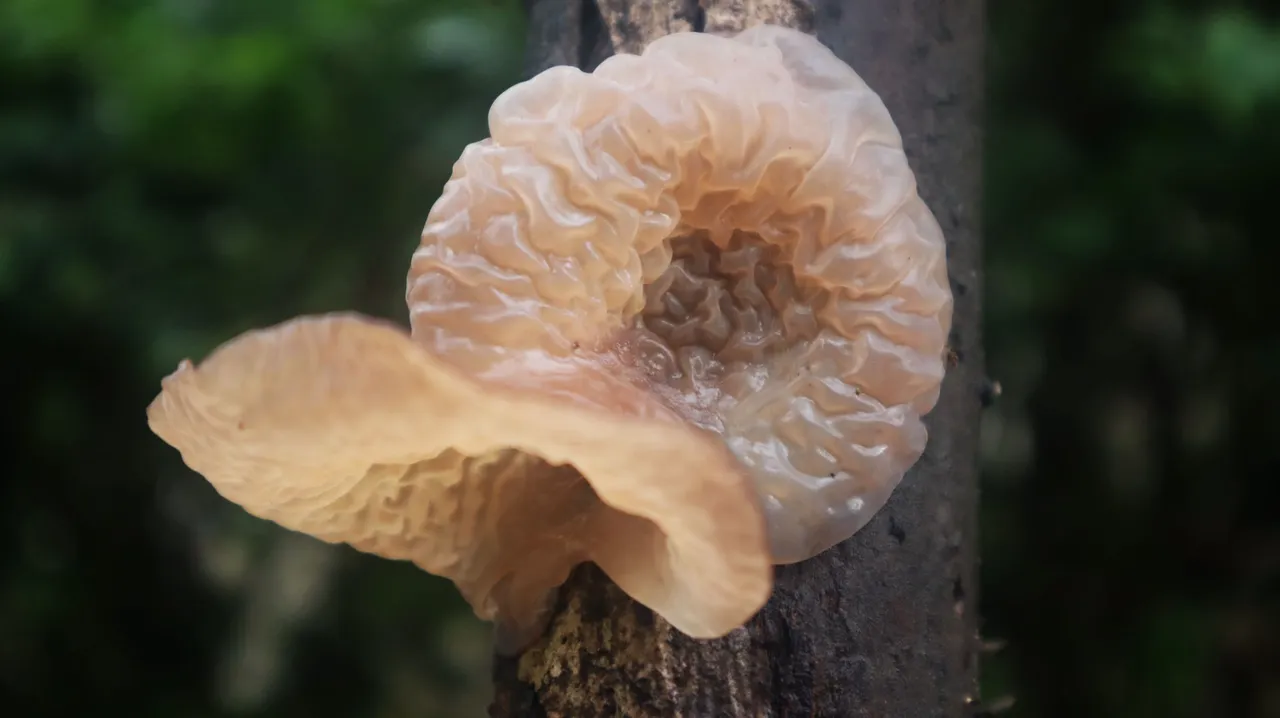
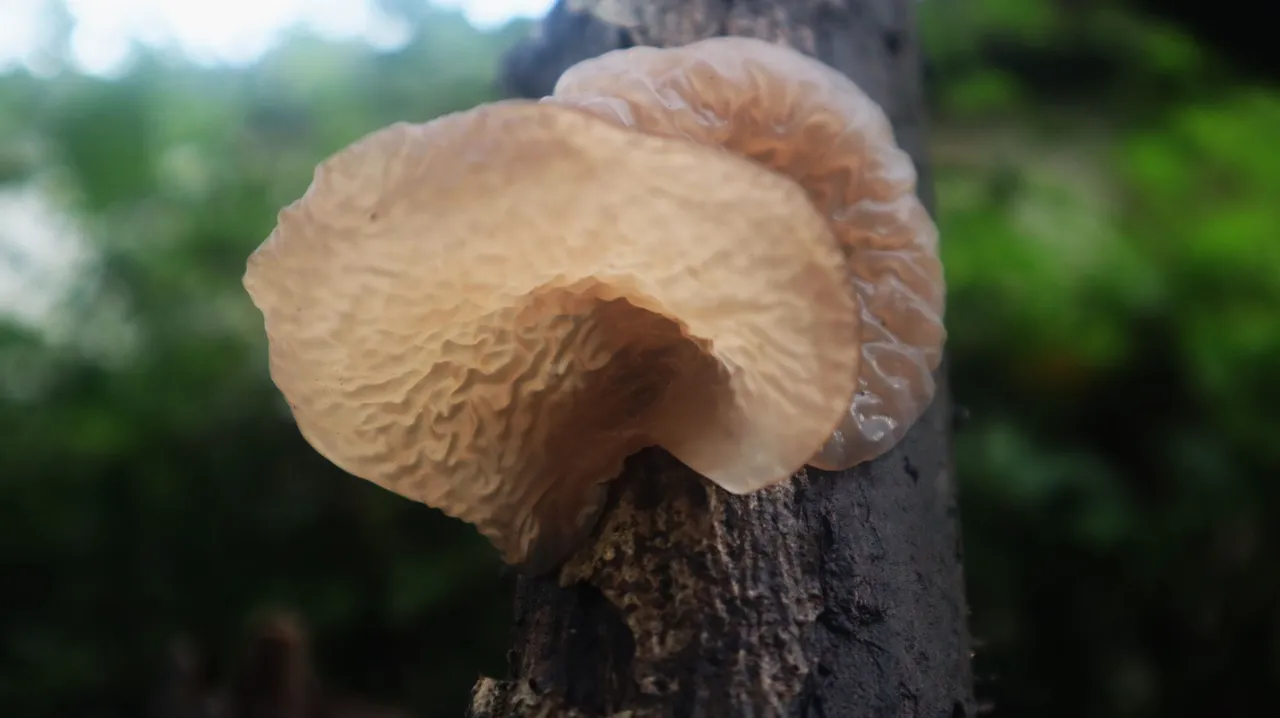
It lives in dead wood, and in my place, it's pretty common to see clusters of tree branches used for fences or other things, and that's a sign that it's a hard wood, which these mushrooms love. (Further reading, among others, here).
